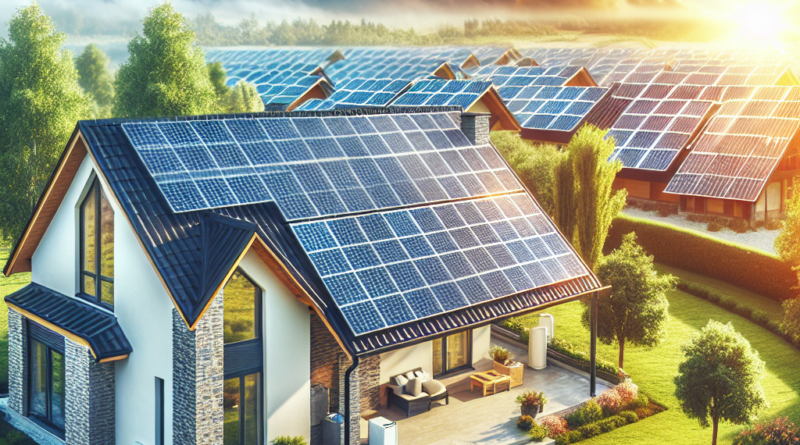The Cost of a Photovoltaic System: What You Need to Know
Cost of Solar Panel Systems: Factors to Consider
The cost of a solar panel system is affected by several factors, both technical and practical.
The pricing varies depending on how the system is installed and made available, reflecting its complexity and quality.
Thanks to various incentives available today, the price of many solar panel installations can significantly decrease.
Moreover, it’s crucial to shift the perspective on solar panel purchases from an expense to an investment.
By viewing it this way, one can truly appreciate the money being spent, especially after doing thorough research.
Types of Solar Panel Systems
A solar panel system harnesses solar energy to generate renewable energy.
It means the energy produced is not only continuously renewable but also effectively inexhaustible.
Three main types of solar panel systems exist:
- Grid Connected
- Stand Alone
- Storage
The Grid Connected systems are linked to the national grid, providing energy for homes or businesses.
Owners can benefit from surplus energy sold back to the grid.
Stand Alone systems operate independently and are not connected to any electrical network.
Finally, the Storage type combines elements of both systems, requiring battery storage solutions for effective energy management.
What are the Costs?
The solar market is ever-evolving, which directly influences costs.
For an average home (around 100 sqm), it’s estimated a rate of about €2,500 per installed kW makes a 3 kW system cost around €7,500.
Prices may increase with additional components like inverters and storage batteries.
Factors Influencing Prices
Several factors can impact the cost of solar installations:
- Material Quality
- Performance and Efficiency
- Production Capacity
The quality of materials can lead to significant price variations.
A well-made 3 kW installation might cost €7,500, while lower quality options could be €2,000 cheaper.
Most regions in Italy enjoy ample sunlight, which can reduce efficiency concerns.
Saving on Utility Bills
Investing in solar panel systems also translates into savings.
For example, a traditional household energy consumption of about 3,500 kWh may lead to an annual bill of approximately €980.
With solar, consumption can drop to around 1,250 kWh, reducing costs to €315.
This results in a substantial saving of €665, allowing for a return on investment in about 6-7 years.
Current Incentives for Solar Energy
Today’s solar incentives have become intricate.
Although some incentives remain, many have phased out, especially after the end of the Superbonus 110%.
The new national energy income supports families, offering them €2,000, plus €1,500 for each installed kW.
However, eligibility is restricted to families with an ISEE below €15,000.
Additional options include a 50% tax credit for solar systems without income requirements, and a 70% Superbonus for residential energy upgrades, available until December 31, 2023, potentially extending into 2025.
For more information, visit the official [GSE website](https://www.gse.it).




